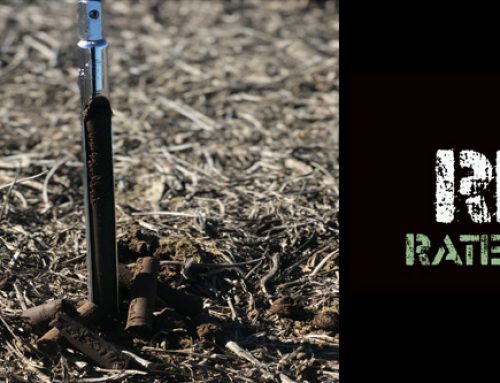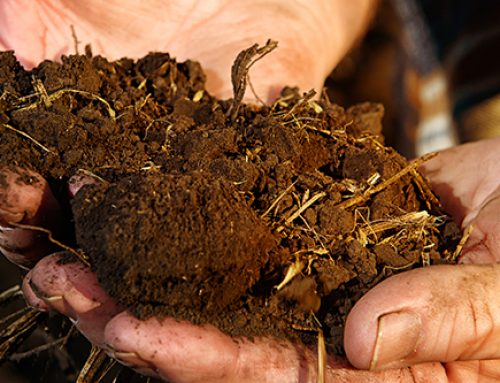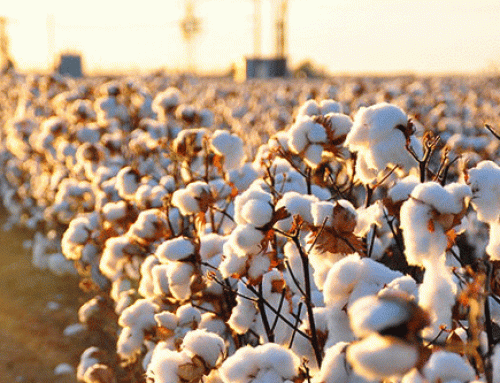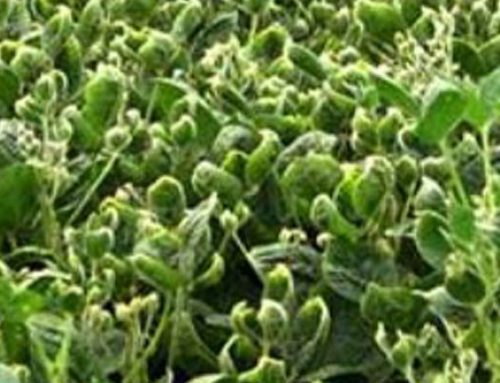Cotton can be a tricky plant to manage. Unlike most other row crops in the US, it is an indeterminate, perennial plant farmed like an annual through the use of plant growth regulator hormones (PGR). PGRs are used to attempt to shut down or slow the vegetative growth of the cotton and force it into reproductive mode. When cotton enters reproductive growth and begins to square and bloom, it becomes especially sensitive to environmental conditions – soil fertility, heat, drought, excessive moisture, etc.
While there is obviously no way to control the weather conditions, fertility is a helpful tool that can prevent unnecessary fruit loss. Potassium is a particularly important nutrient in cotton because it can significantly affect fiber length and quality. Blooming cotton plants can develop potassium deficiency symptoms in the new growth very quickly. These symptoms typically show as interveinal chlorosis and may eventually progress to necrosis of the leaves, and can happen seemingly overnight. This happens because as the plant begins reproductive growth, and especially as it gets close to boll fill, the bolls become a major sink for nutrients, causing symptoms to appear in the upper leaves. Aside from potentially hurting fiber development, severe potassium deficiency can also cause other undesirable effects, including fruit shed, tissue death and premature defoliation, thus making it very important to prevent this if possible.
Cotton will begin to show potassium deficiency symptoms for a variety of reasons – extremely hot, dry conditions can cause the symptoms to be more apparent. If the soil has adequate potassium, it is possible that the cotton’s nutrient demands have simply exceeded the amount that it is capable of taking up at the time. This may be due to dry conditions or underdeveloped root systems. If the soil lacks adequate potassium, it is a problem that will take time to correct.
Foliar feeding is generally an expensive and inefficient way to meet cotton’s potassium requirements. In this case, the most effective way to prevent potassium deficiency is regular soil testing and understanding the potassium demands of soil and the amount of potassium removed through other farming practices. Pre-plant fertilization with potash based on soil test recommendations is the easiest and most cost-effective way to correct any potential potassium deficiency issues. Manure is also an effective way of increasing potassium levels in soil. The severity of deficiency and soil type will influence the amount of time it will take to fully correct the problem – in some cases, it may take years of careful management.
Written by: Brooke Zimmer, 2017 Crop Quest Intern – Enid, OK Division
Feautred image by: Kimberly Vardeman, Cotton Harvest, Flickr.com




